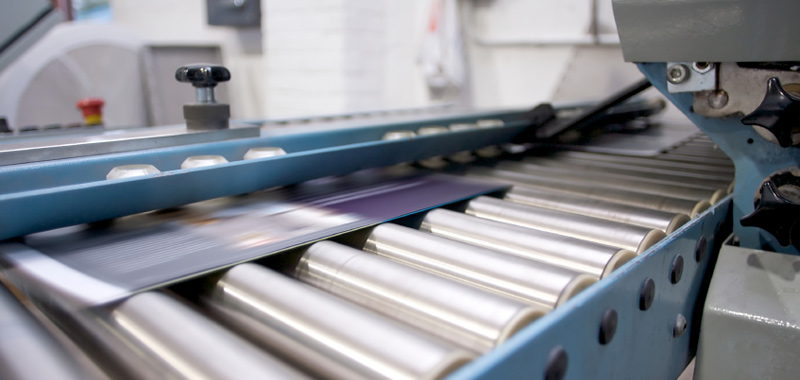Labour Inspectorate indemnifies employer for industrial accident Court of Appeal rules employer's liability after all
's-Hertogenbosch Court of Appeal 12 July 2011
An employee has been employed by a company that processes plastic waste into regranulates and flakes into new plastic products since 1990. The employee works as a shift leader and is responsible for the quality, progress and safety of (part of) the production process. His duties include repairing faults in the machinery, including conveyor belts.
An employee has been employed by a company that processes plastic waste into regranulates and flakes into new plastic products since 1990. The employee works as a shift leader and is responsible for the quality, progress and safety of (part of) the production process. His duties include repairing faults in the machinery, including conveyor belts.
On 15 February 2005, the sleeve of the employee's jumper gets caught between turning roller and conveyor belt. As a result, his right arm becomes trapped and is torn off. It accident could happen because the worker tried to pull loose film that had become stuck between the reversing roller and the conveyor belt.
The Labour Inspectorate concludes that the employer is not to blame for what happened because the victim is an experienced employee, who fulfilled a supervisory role in the workplace, and therefore does not impose a fine. The employee (still) holds the employer liable. The subdistrict court dismisses the claim on the grounds that the employer did not fail in its duty of care. The employee does not resign and subsequently appeals to the Court of Appeal.
The court notes that on the day of the accident, maintenance was carried out on the conveyor in question. In the process, it was found that there was still film between the reversing roller and the conveyor belt. The technical service left the foil in place because it was thought that it would come off spontaneously. The employee offered to remove the foil himself instead of having the technical service do it. The technical service accepted that offer. It happened more often that a conveyor belt did not run properly because there was foil between it. This was then either fixed by the technical service, which usually took at least an hour, or the shift leader removed the foil by repeatedly turning the belt on and off and cutting the foil loose bit by bit. This is the method the employee followed.
The Court considers that this method is not safe and that the employer should not have used it without investigating whether safer methods were possible, such as an emergency button or automatic safety device. This is especially true as the employer should have taken into account that the employee would not be attentive at all times, as he worked on the conveyor belt on a daily basis. The court also weighed in that the technical department should have fully resolved the problem before allowing the employee to start work and that the employee's conduct was partly motivated by the high workload. As a result, it was not obvious to stop the conveyor belt again for a long time and call in the technical service. The court therefore found the employer liable for the industrial accident and the personal injury of the employee.
Tip: Even if the Labour Inspectorate finds no shortcomings on the part of the employer, sometimes it can still be found that the employer has failed in its labour law duty of care for the safety of the employee.

